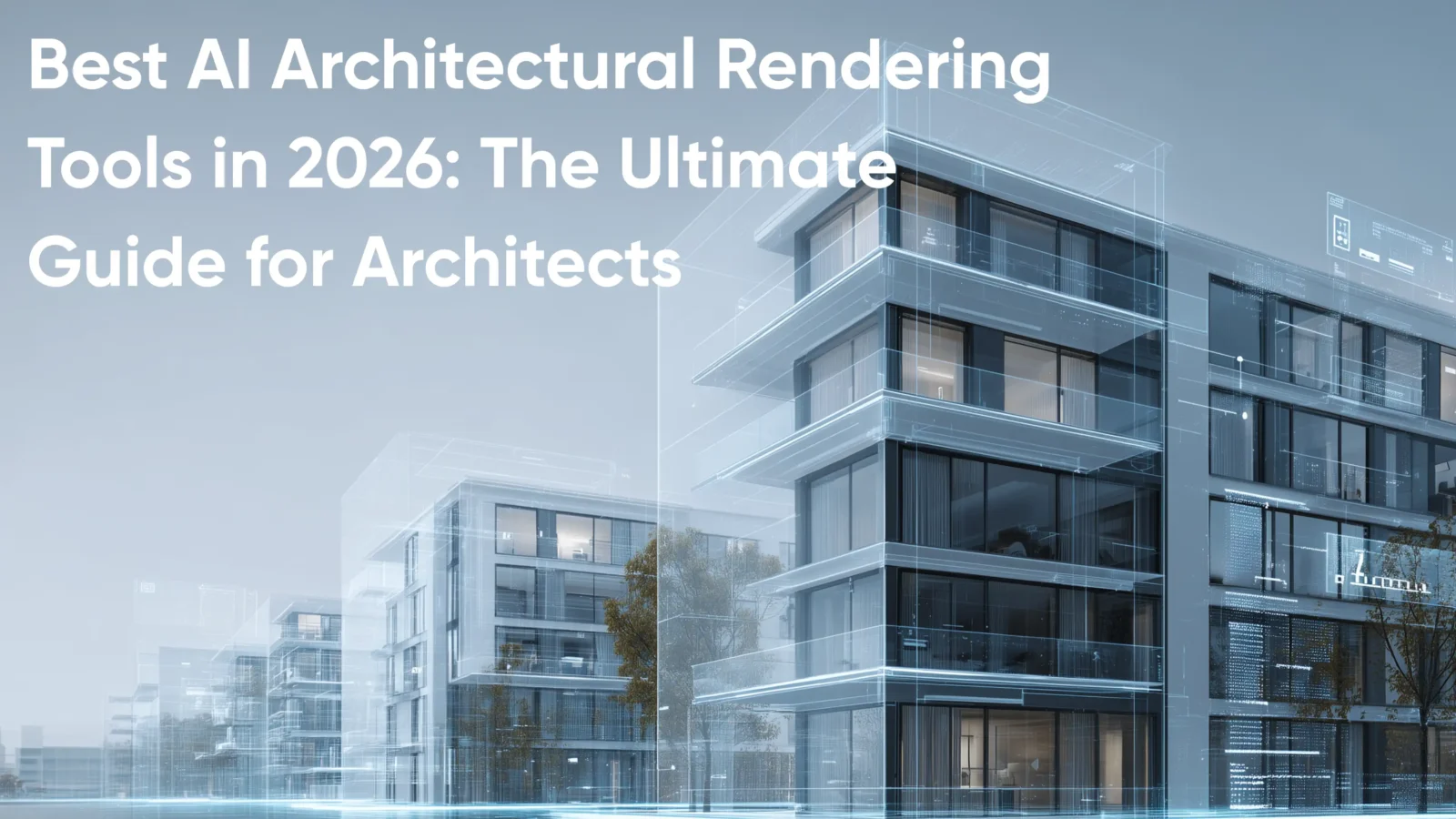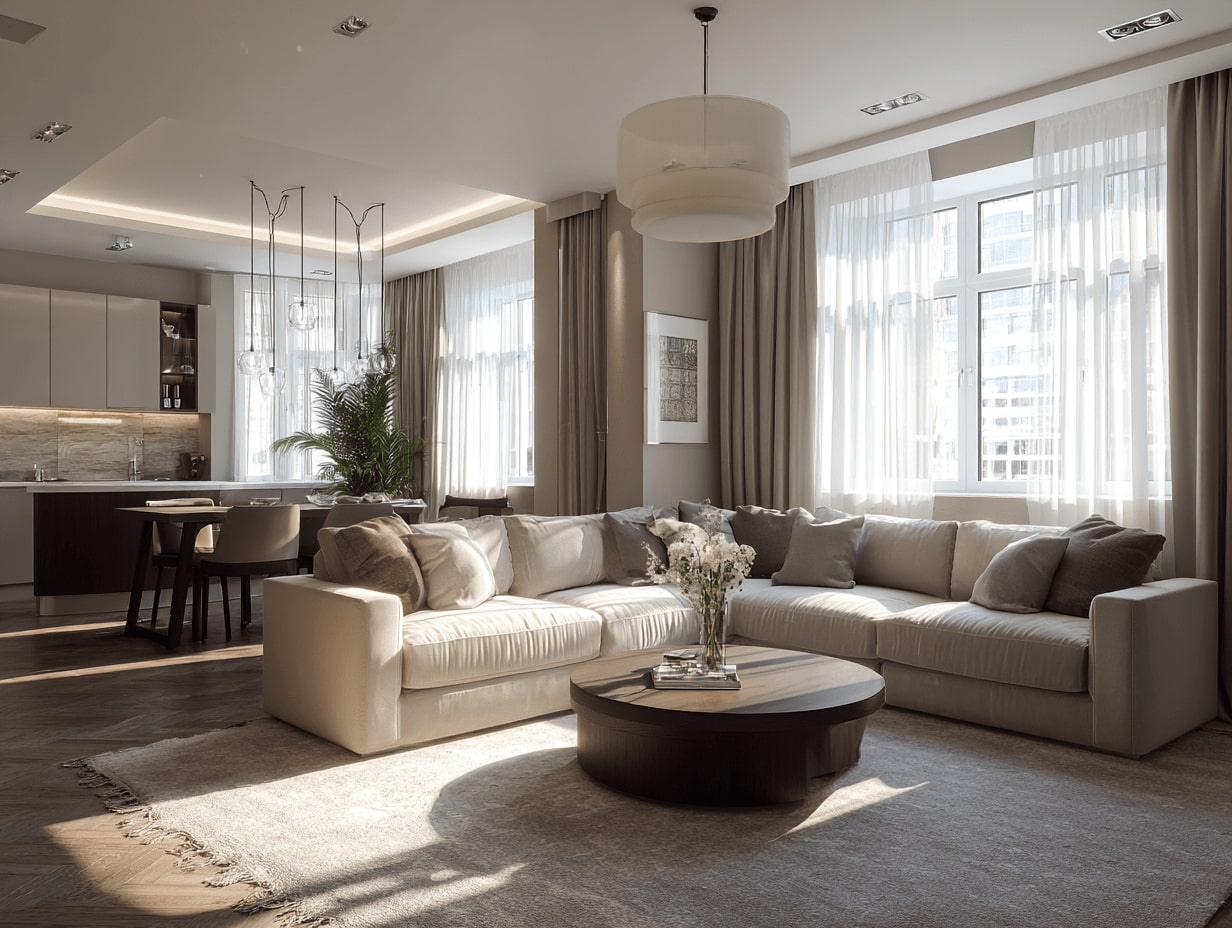- Home
- Articles
- Architectural Portfolio
- Architectral Presentation
- Inspirational Stories
- Architecture News
- Visualization
- BIM Industry
- Facade Design
- Parametric Design
- Career
- Landscape Architecture
- Construction
- Artificial Intelligence
- Sketching
- Design Softwares
- Diagrams
- Writing
- Architectural Tips
- Sustainability
- Courses
- Concept
- Technology
- History & Heritage
- Future of Architecture
- Guides & How-To
- Art & Culture
- Projects
- Interior Design
- Competitions
- Jobs
- Store
- Tools
- More
- Home
- Articles
- Architectural Portfolio
- Architectral Presentation
- Inspirational Stories
- Architecture News
- Visualization
- BIM Industry
- Facade Design
- Parametric Design
- Career
- Landscape Architecture
- Construction
- Artificial Intelligence
- Sketching
- Design Softwares
- Diagrams
- Writing
- Architectural Tips
- Sustainability
- Courses
- Concept
- Technology
- History & Heritage
- Future of Architecture
- Guides & How-To
- Art & Culture
- Projects
- Interior Design
- Competitions
- Jobs
- Store
- Tools
- More
How 3D Product Visualization Software Is Redefining the Future of Design Presentation

In the evolving world of architecture, product design, and interior visualization, 3D product visualization software has become an essential tool not just for professionals but also for brands seeking to elevate how their products are perceived. With consumer expectations climbing and digital-first experiences becoming the norm, designers and manufacturers alike are embracing advanced visualization tools to deliver more realistic, interactive, and immersive design presentations.
Gone are the days when static renderings and sketches were enough to communicate complex spatial ideas. Today, 3D product visualization allows stakeholders to interact with a product virtually, observing textures, dimensions, and details in ways that closely mimic physical interaction. Whether you’re showcasing a piece of furniture, a lighting fixture, or a structural detail, these tools make it possible to illustrate how an object fits into real or conceptual environments—without ever lifting a hammer or brush.
The impact on workflows is just as transformative. Architects and designers can iterate in real-time, collaborating with clients or internal teams to adjust materials, colors, dimensions, and other design variables without the delays typically associated with physical prototyping. This not only accelerates the approval process but also reduces cost and waste in development.
One of the most exciting applications of 3D product visualization software lies in its intersection with e-commerce. Furniture and home décor brands, for instance, are using these tools to build virtual showrooms and augmented reality previews. Customers can now visualize how a product will look in their own space before purchasing, dramatically reducing return rates and increasing buyer confidence.

Additionally, integration with AI and machine learning is further enhancing how visualization software understands user preferences and adapts renderings accordingly. This brings a new level of personalization to product configuration, something that modern consumers increasingly demand.
For creative professionals, 3D visualization is more than just a technical feature—it’s a storytelling medium. It bridges the gap between concept and reality, giving audiences a full sensory preview of a product’s potential. As tools become more accessible and powerful, we can expect to see them integrated across disciplines, from architectural design and interior planning to industrial and fashion design.
In conclusion, 3D product visualization software is not only shaping how we present designs but also how we build, buy, and experience them. For any designer, architect, or product developer, understanding and adopting these tools is quickly becoming not just an advantage—but a necessity.
illustrarch is your daily dose of architecture. Leading community designed for all lovers of illustration and #drawing.
Submit your architectural projects
Follow these steps for submission your project. Submission FormLatest Posts
25 Best AI Architectural Rendering Tools in 2026
AI is revolutionizing architectural visualization in 2026, enabling faster iterations, richer creativity,...
How Furniture Design Shapes Interior Atmosphere
Discover how furniture design shapes interior atmosphere with practical cues on style,...
Digital Craftsmanship: The Role of Laser Engraving in Parametric Wooden Furniture
In the world of modern design, where technology meets artistry, laser engraving has emerged...
Transform Your Home: Lampshades to Elevate Your Lighting Scheme with Style
Transform your home's ambiance with stylish lampshades! Discover how the right shapes,...











Leave a comment